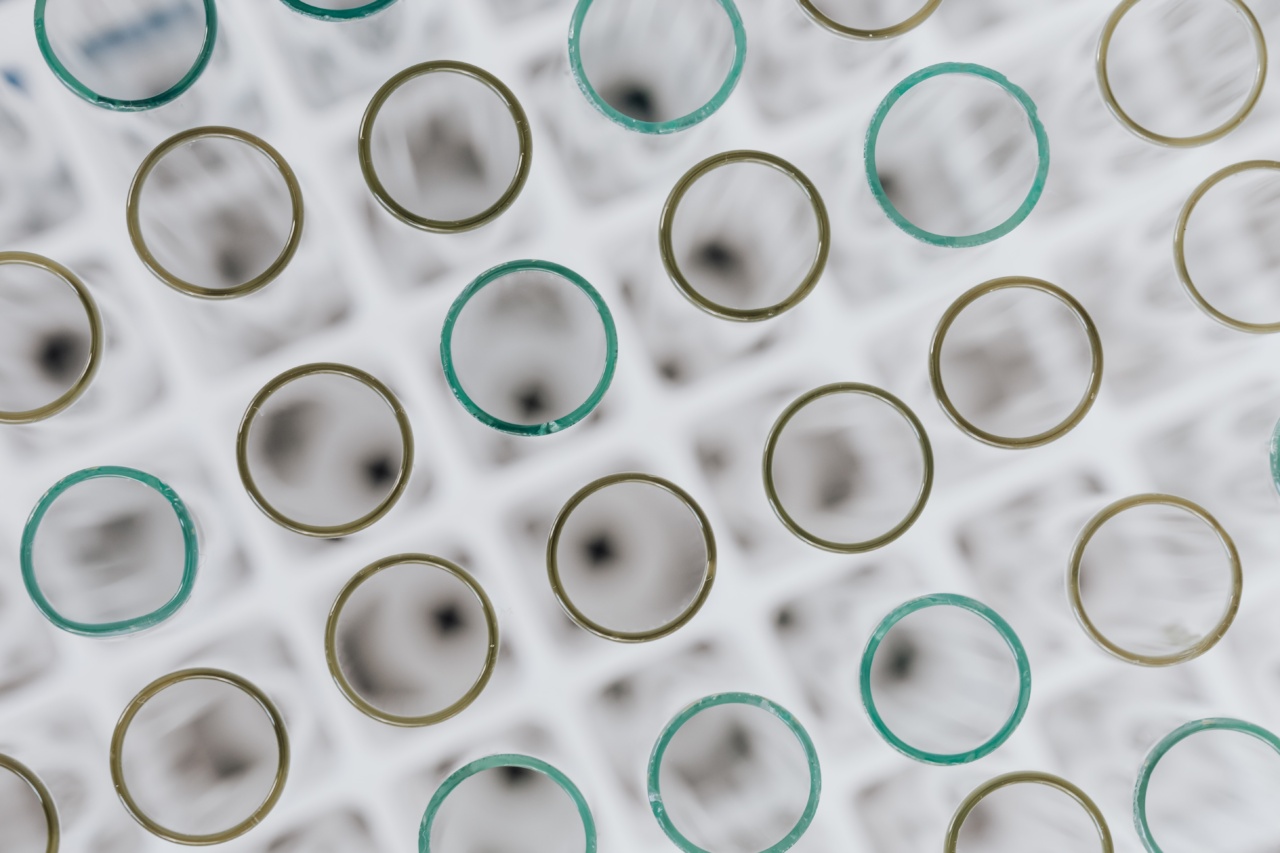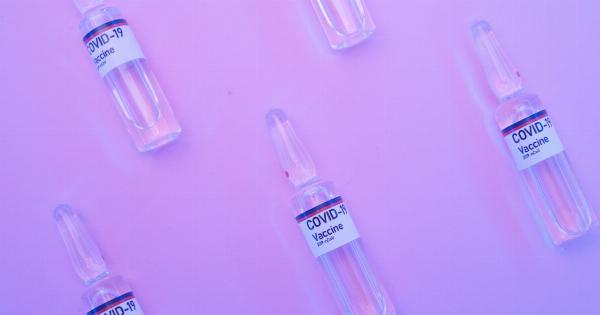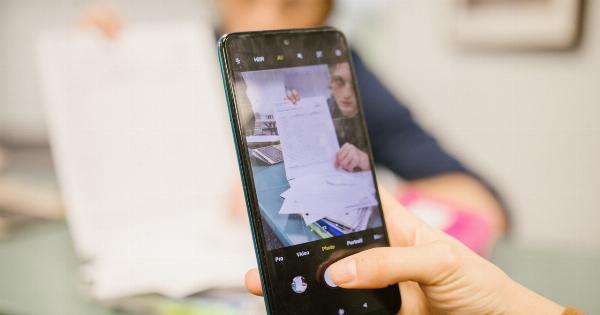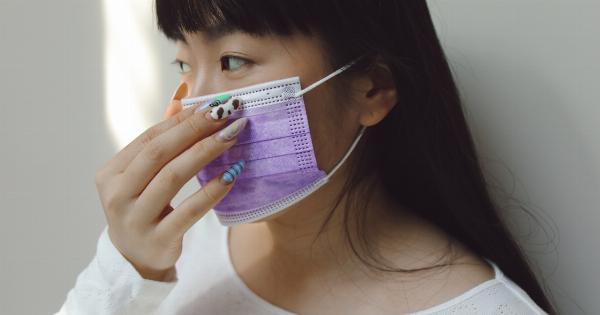Glaucoma is a leading cause of irreversible blindness, affecting millions of people worldwide. The disease is caused by high intraocular pressure, which damages the optic nerve and leads to vision loss.
While there is no cure for glaucoma, there are treatments available to lower intraocular pressure and slow down the progression of the disease. However, many of these treatments are inconvenient and have unwanted side effects. That is why the recent breakthrough in glaucoma treatment is so exciting.
The Problem with Current Glaucoma Treatments
There are several types of medications available to treat glaucoma, including eye drops, pills, and injections.
Eye drops are the most common form of treatment, but they can be inconvenient and have unwanted side effects such as stinging, burning, and redness. In addition, eye drops must be used several times a day, which can be difficult for some patients to manage.
Pills and injections can also lower intraocular pressure, but they have their own set of side effects and are often reserved for more severe cases of glaucoma.
The Breakthrough: Contact Lenses to Treat Glaucoma
Recently, a team of scientists at the University of California, Davis, developed a new type of contact lens that can treat glaucoma. The lenses are made from a special material that can slowly release medication over time.
This means that patients can wear the lenses for a certain period and get the medication they need to lower intraocular pressure.
The contact lenses are made from a hydrogel material that can absorb and release medication. The hydrogel has a network of interconnected pores that allow the medication to be absorbed and slowly released over time.
The medication is contained within the hydrogel and is released as the lens absorbs tears from the eye. This means that the medication is released only as needed, which helps to minimize unwanted side effects.
How the Contact Lenses Work
The contact lenses work by slowly releasing medication over time. When a patient wears the contact lenses, tears from the eye are absorbed into the hydrogel material. As the hydrogel absorbs tears, the medication is slowly released into the eye.
This means that patients can get the medication they need without having to use eye drops several times a day or take pills or injections.
In addition to slowly releasing medication, the contact lenses can also correct vision problems. This means that patients can get the treatment they need for glaucoma while also correcting their vision.
This is particularly helpful for patients who have both glaucoma and vision problems.
Advantages of Contact Lenses for Glaucoma Treatment
There are several advantages to using contact lenses for glaucoma treatment:.
- The lenses are more convenient than eye drops, pills, or injections
- The lenses can slowly release medication, which helps to minimize side effects
- The lenses also correct vision problems, which is helpful for patients with both vision problems and glaucoma
Limitations of Contact Lenses for Glaucoma Treatment
There are also some limitations to using contact lenses for glaucoma treatment:.
- The lenses must be worn for a certain period to get the medication needed to lower intraocular pressure
- The lenses can cause discomfort or irritation in some patients
- The lenses may not be suitable for all patients, particularly those with severe cases of glaucoma
Future of Contact Lenses for Glaucoma Treatment
The recent breakthrough in contact lenses for glaucoma treatment is just the beginning. Scientists are continuing to work on developing new types of contact lenses that can release medication to treat a variety of eye diseases.
In addition, advances in technology are making it possible to create contact lenses that can monitor intraocular pressure and alert patients and doctors when pressure levels are high.
The use of contact lenses for glaucoma treatment is an exciting development that has the potential to revolutionize the way we treat eye diseases.
With continued research and development, contact lenses may become a standard of care for patients with glaucoma and other eye diseases.
Conclusion
The development of contact lenses to treat glaucoma is a breakthrough that has the potential to improve the lives of millions of people worldwide.
By slowly releasing medication over time, contact lenses can offer a more convenient and effective form of treatment for patients with glaucoma. While there are some limitations to using contact lenses for glaucoma treatment, the potential benefits far outweigh the drawbacks.






























